With nearly 1600 km of north-south extent, mountains, plain and coast, Thailand has a significant natural wealth. This top 10 introduces you to these most incredible bird species.
White-fronted Scops-Owl
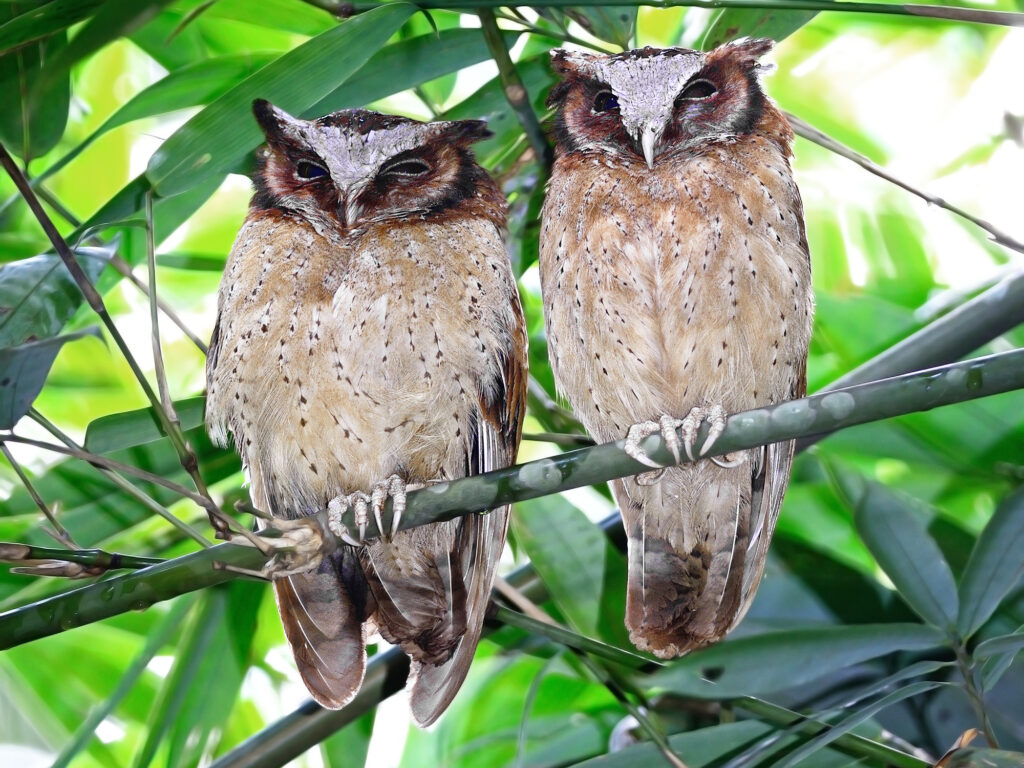
White-fronted Scops-Owl (Otus sagittatus) is an elegant nocturnal raptor whose detailed plumage makes the bird sometimes difficult to spot. This little owl measures 25 to 28 cm for a little over a hundred grams. It lives in tropical forests up to 700 m altitude. Habitat loss due to deforestation threatens this charming species.
He lives in Malaysia, Burma and the majority in Thailand.
To see the extraordinary diversity of the world’s birds on video, it’s here:
Red-breasted Parakeet
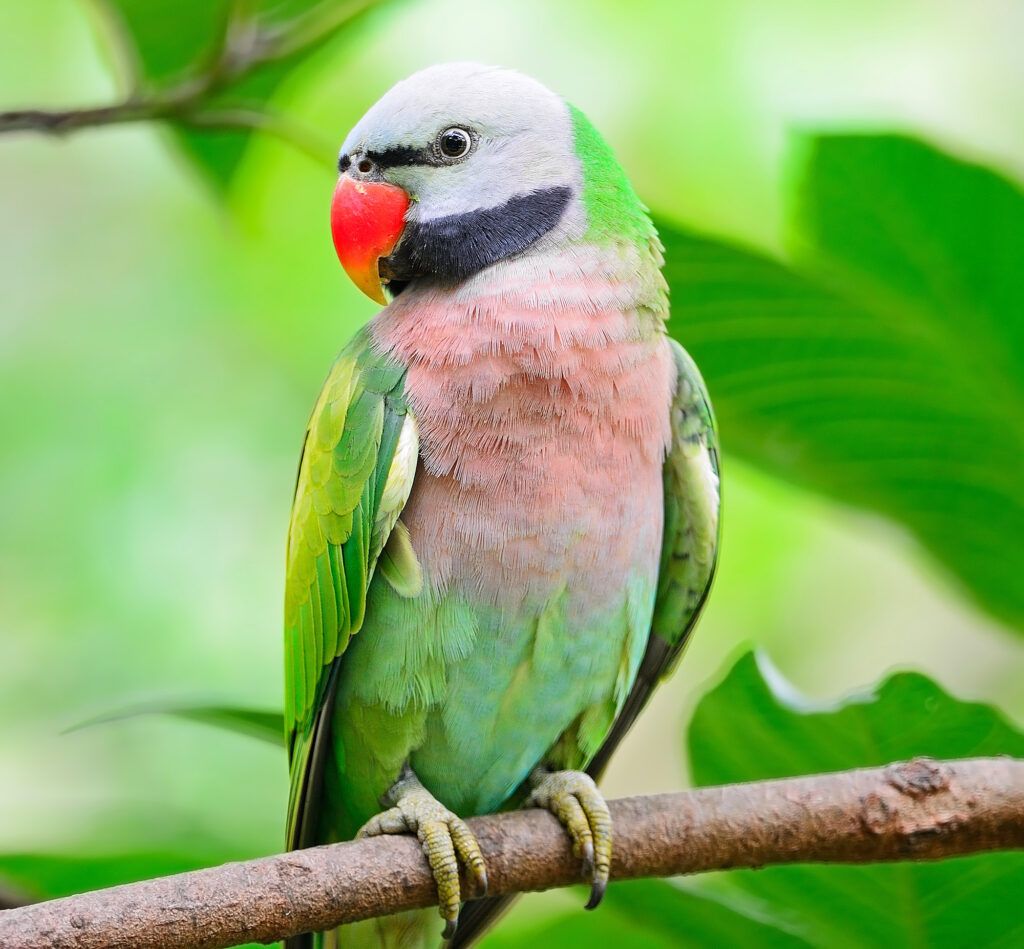
Red-breasted Parakeet (Psittacula alexandri) is a species of bird in the Psittacidae family. Its range extends from the Himalayas to the island of Java, Indonesia (see the top 10 birds of Indonesia). Many subspecies have been described, with colour variations. This parakeet is predominantly green, with a salmon-pink colouring of the chest, a black neck, and a gray head. The beak is orange-red in the male and black in the female.
It is the Psittacula alexandri fasciata subspecies that lives in Thailand.
Hodgson’s Frogmouth
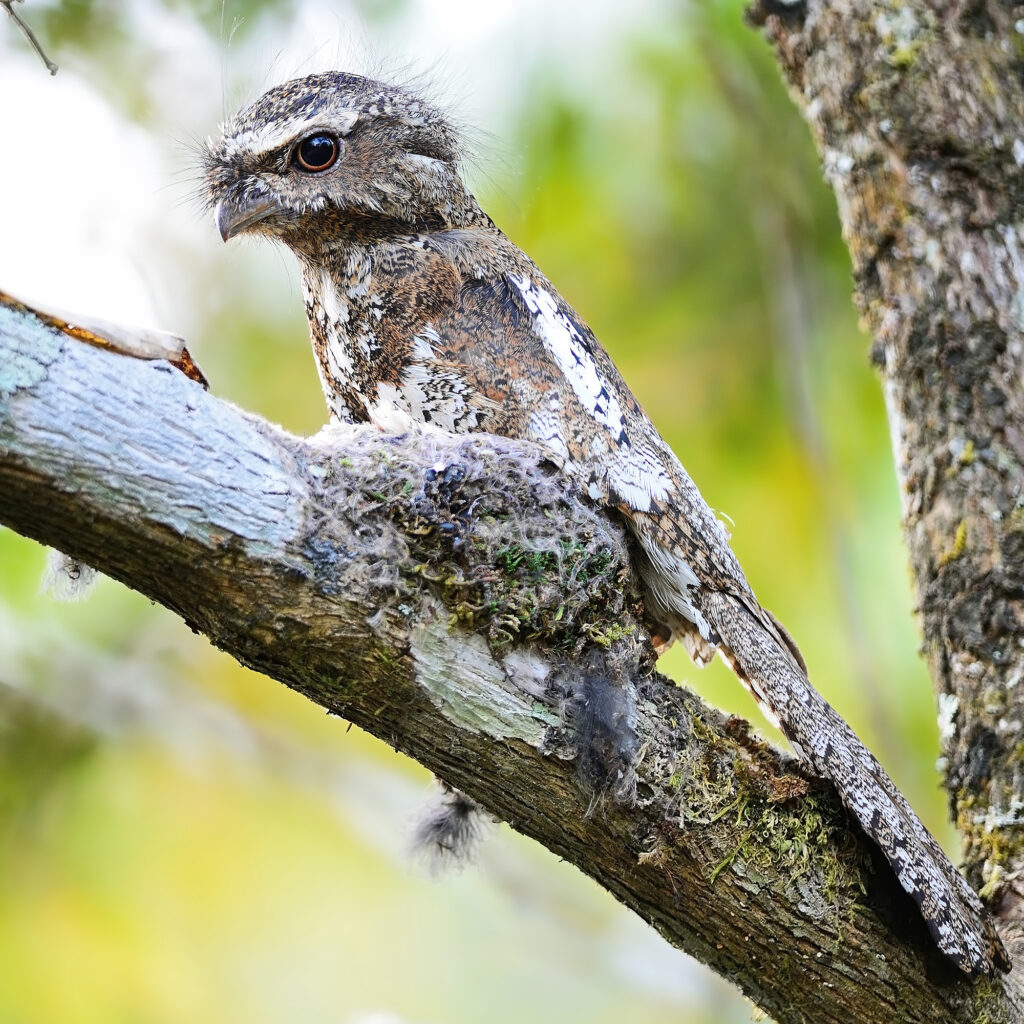
Like all species of the Podargidae family, the Hodgson’s Frogmouth (Batrachostomus hodgsoni) is a cryptic species that is particularly difficult to observe. To its camouflage, composed of plumage with multiple details, is added its ability to stand motionless with its neck outstretched and its head upwards to look like a broken branch among the branches. What a pleasure, however, to contemplate this strange beast with big eyes and a short, wide beak. It is when he hunts insects, at night, that he is most easily noticed, by his cries.
This species lives in Bangladesh, Bhutan, China, India, Laos, Myanmar, Thailand and Vietnam.
Great Hornbill
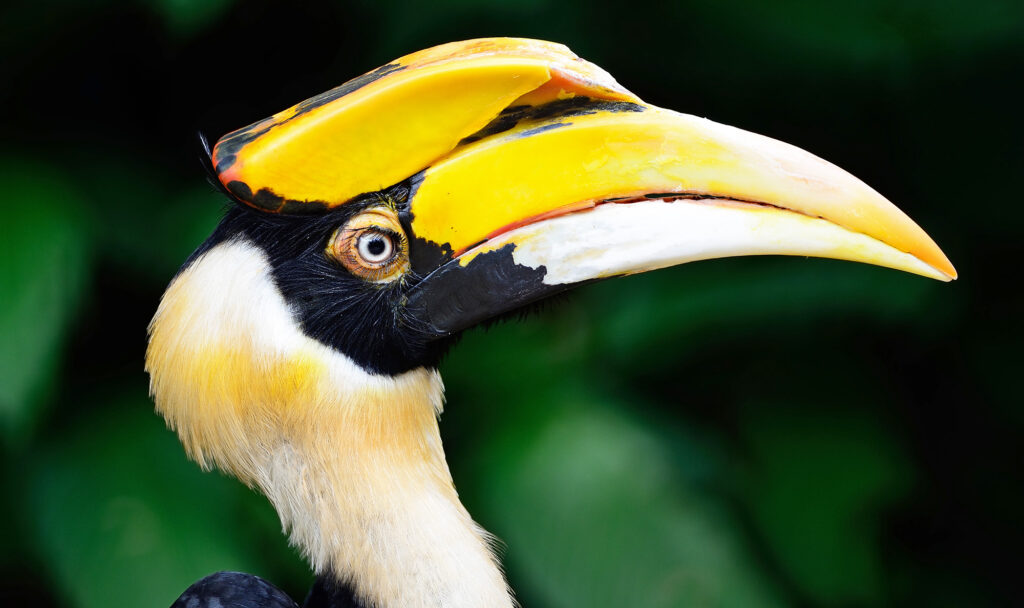
The Great Hornbill (Buceros bicornis) is also known as the concave-casqued hornbill, great Indian hornbill or great pied hornbill. It is one of the largest members of the Bucerotidae family (hornbills), with a length between 95 and 130 cm. Frugivorous, it completes its diet with small prey. It is the large beak and the helmet that the bird wears that make it unique.
It lives from the foot of the Himalayas to Indonesia (Sumatra), with an isolated population on the west coast of India. Its longevity is significant with a maximum known age of about 50 years in captivity.
Fairy Pitta
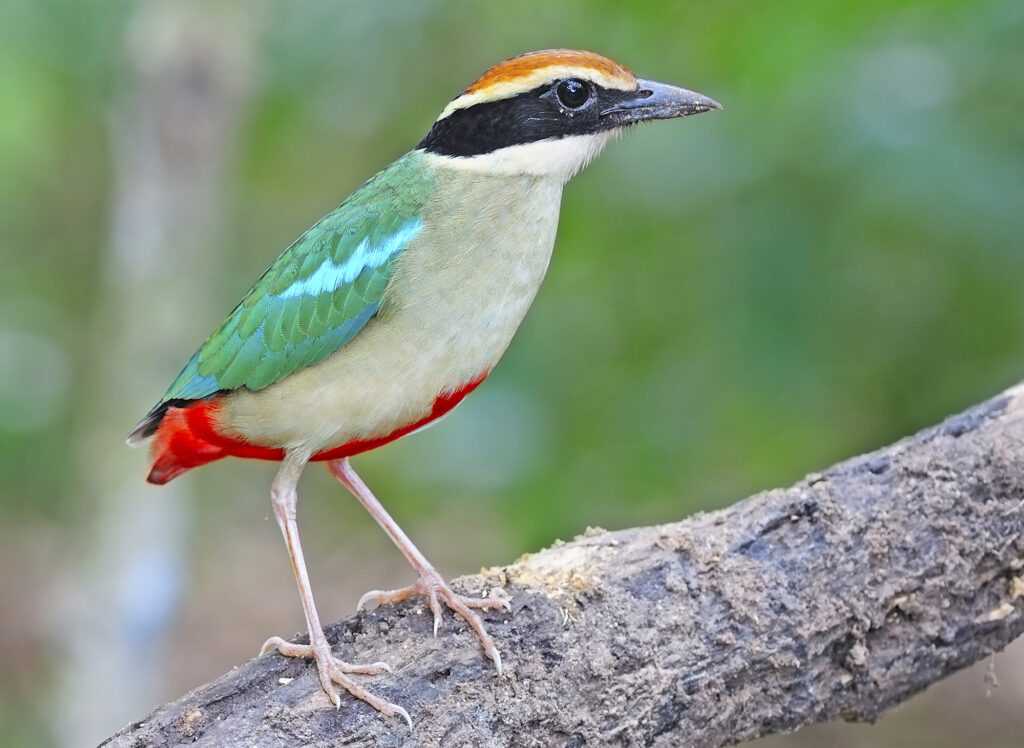
Fairy Pitta (Pitta nympha) is a colourful gem. During the breeding season, this species is found in Japan, South Korea, China and Taiwan. In winter, she is in Malaysia, Brunei and Indonesia. It is therefore during migration that it can be observed in Thailand, mainly in April-May and September-October.
It seeks its food on the ground, especially earthworms and insects.
Purple Sunbird
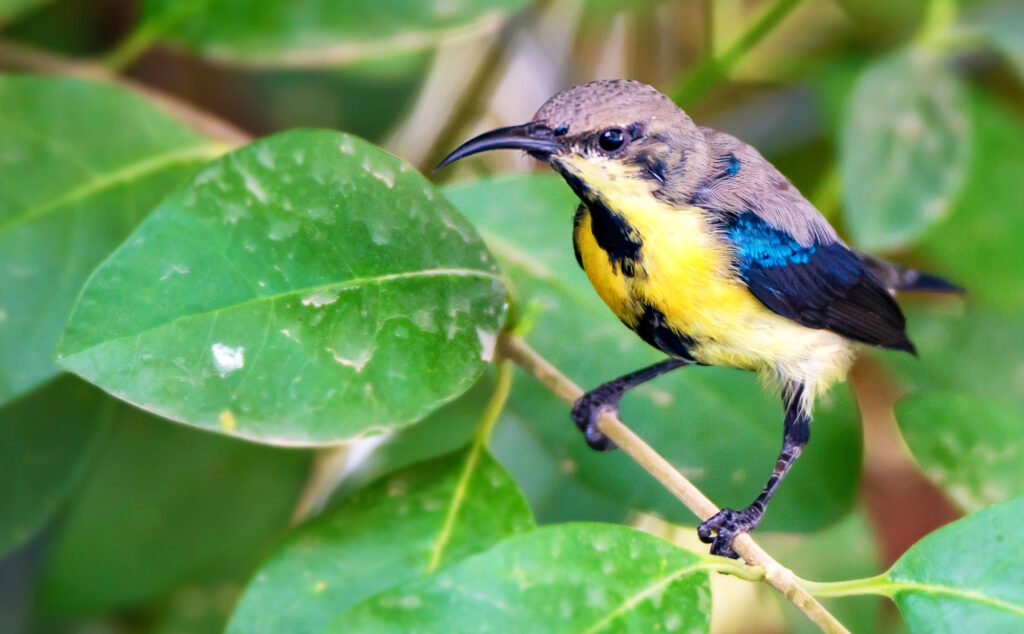
Purple Sunbird (Cinnyris asiaticus) is a bird only 10 cm long. However, what a sight when the male has his breeding plumage with metallic blue and purple highlights. The intermediate plumage is, however, also interesting, with mixtures of metallic blue and yellow. It feeds on nectar and plays a role in the pollination of flowers. Unlike hummingbirds, present in America, it feeds on the plant.
This species is present from the eastern Arabian Peninsula to Vietnam.
Scarlet Finch
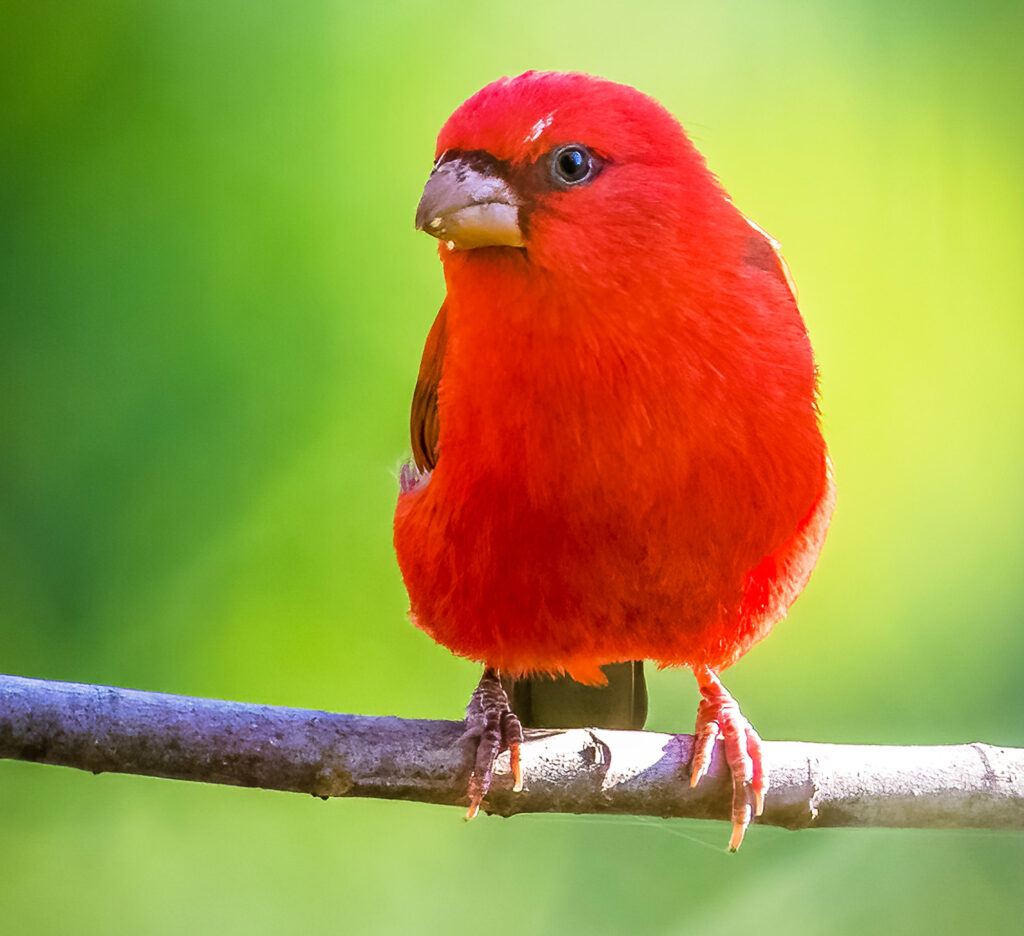
Scarlet Finch (Carpodacus sipahi) is a passerine bird in the Fringillidae family. Migratory, it nests in the Himalayan massif and spends the winter further south. It is therefore in this season that it brings a hue of scarlet red to the Thai forests. Only the males have this scarlet colour, the females and the young have a more discreet, yellowish-green plumage. It often moves in small groups, making it easier to observe.
It was first described in 1836 by British naturalist Brian Houghton Hodgson. Does this name mean anything to you ? It’s normal, the Hodgson’s Frogmouth seen a few lines above was named in his honour.
Himalayan Bluetail

Himalayan Bluetail (Tarsiger rufilatus) is a species in the Muscicapidae family. Like the previous one, it nests in the Himalayan massif and spends the winter further south, especially in northern Thailand. This species offers a nice complement of colour, since the male is blue, with orange sides and a white belly and throat. In the female, the brown replaces the blue of the male.
Ultramarine Flycatcher

Ultramarine Flycatcher (Ficedula superciliaris) is also a species of the Muscicapidae family, with the same migratory habits as the previous one. However, it is much more present in India. She is subtly adorned with blue above and white below, with the blue running down the chest and a white supercilium which enhances the quality of the plumage. It is an insectivorous bird of about 10 cm.
Black-backed Sibia
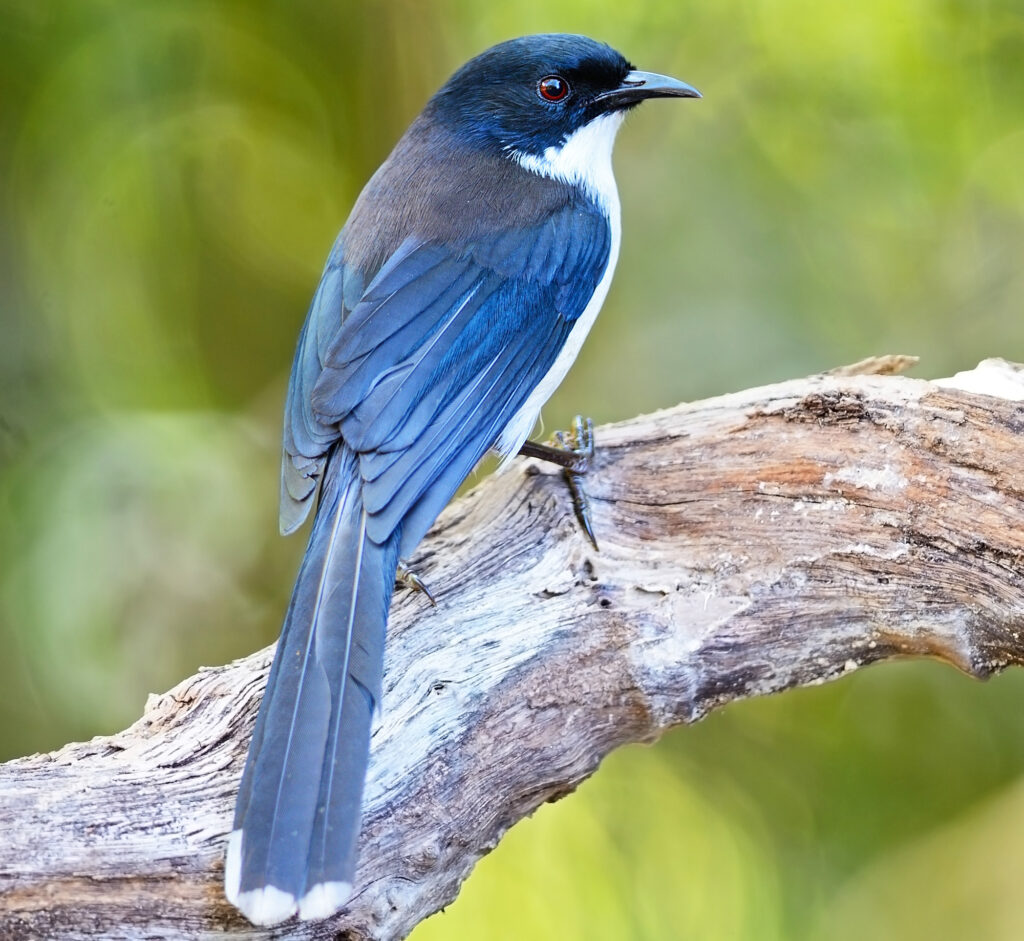
Slightly larger than a shrike, the Black-backed Sibia (Heterophasia melanoleuca) is black above and white below, with a long tail. Observed closely enough, its plumage reveals touches of brown and blue. This passerine bird of the family Leiothrichidae lives in the tropical and subtropical montane rainforests of Burma and northern Thailand and Laos.

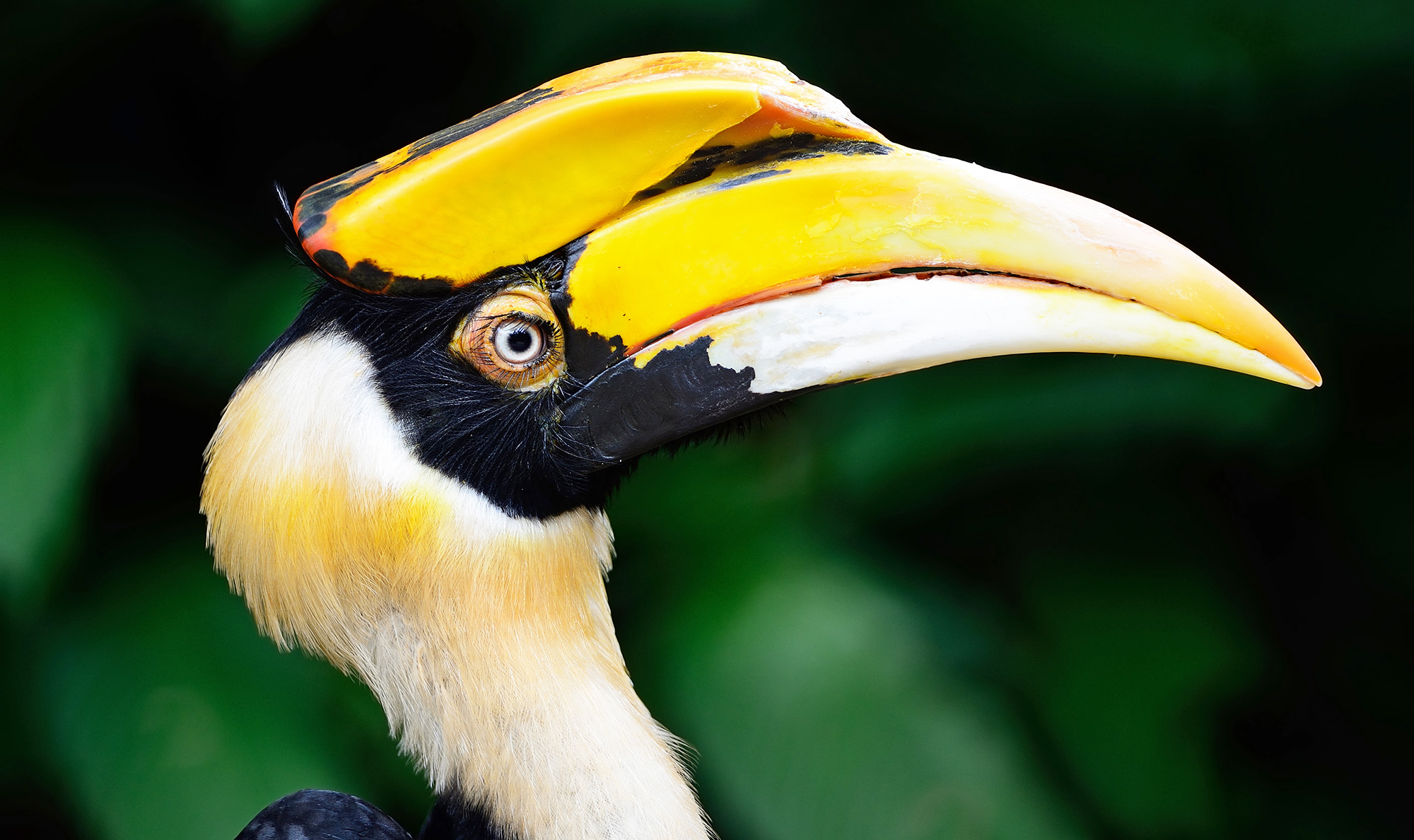
Leave a Reply